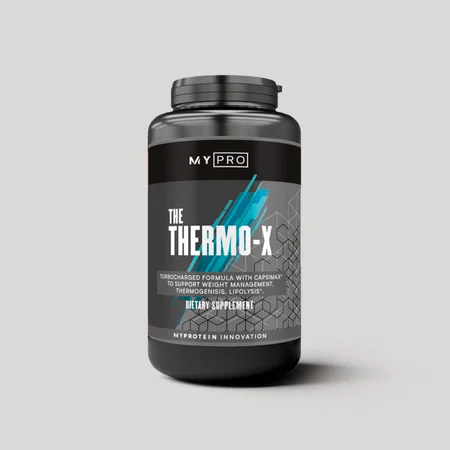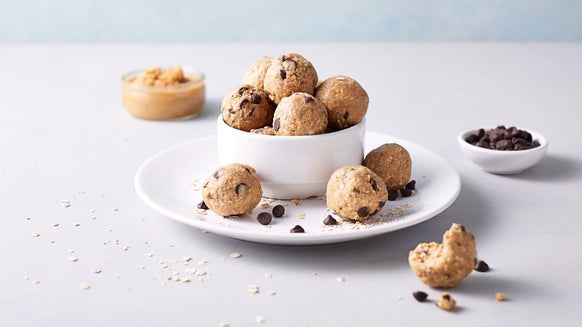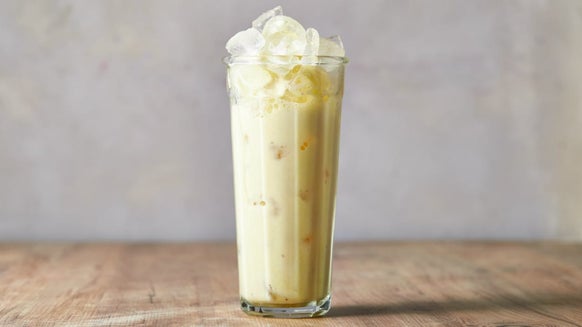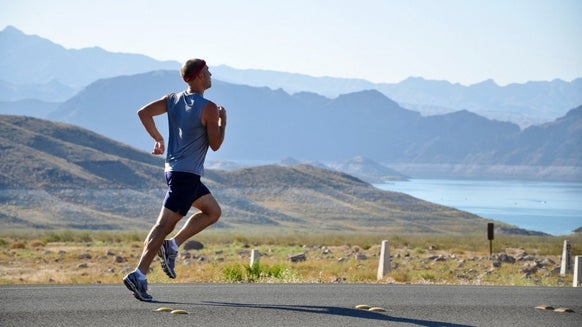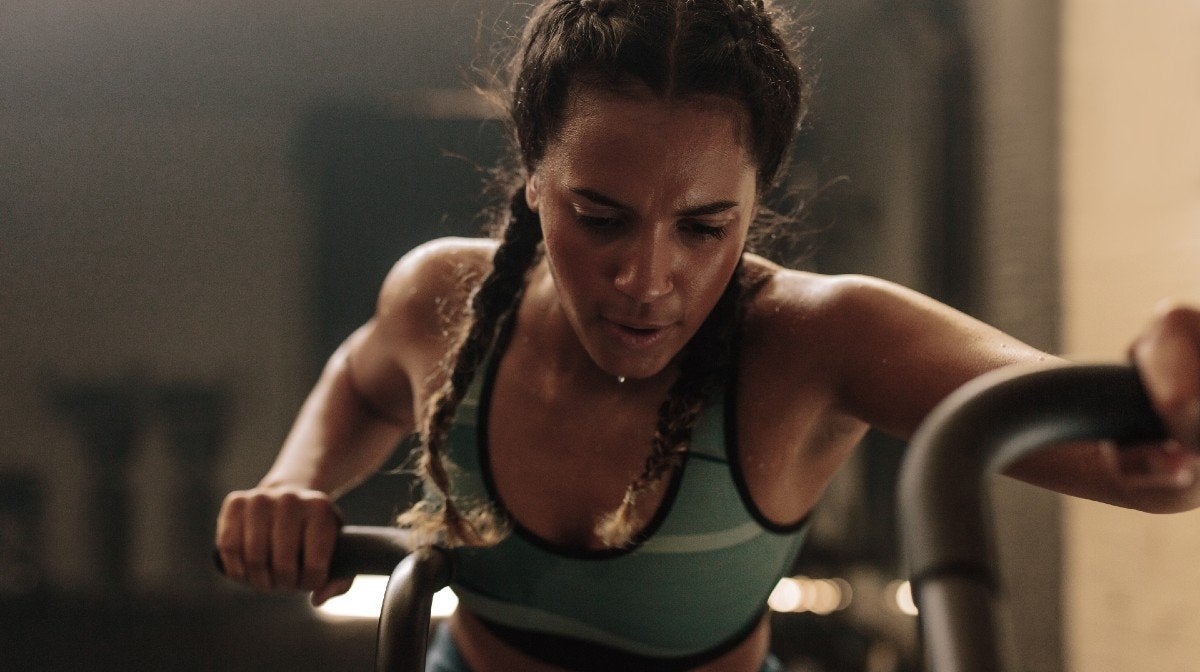
Whether you are trying to lose weight, build muscle or fuel sporting performance, getting your calorie intake is right is crucial to your progress. A number of factors will influence how many calories you expend and include your body weight, height, age and physical activity level.
- Calculating your BMR.
- Calculating your activity level.
- Thermic effects of food.
- How many calories do you burn a day?
- How many calories do you burn from exercise?
- How many calories do you burn from household tasks.
Step 1: Calculate Your BMR
Your basal metabolic rate is the energy your body expends to keep your body and vital organs functioning properly.1 For most people it accounts for largest majority of total daily energy expenditure and ranges form 40-70% of TDEE depending on age and lifestyle.1
The easiest (and cheapest) way to calculate your BMR is to use an equation. How accurate each equation is for you specifically will depend on how closely you match the population that the equation was tested and validated in.2 For example, in highly active females, the Cunningham equation may be the most accurate but for highly active males, the Harris-Benedict equation may be more suitable.2 Certain equations (e.g. Cunningham) also require an estimation of your lean body mass.
It is important to remember that calculating your calorie requirements is not an exact science and there is an element of trial and error.
See below for an example of Mifflin. St. Jeor equation which has been shown to be one of the most accurate equations without the need for a lean body mass measurement3.
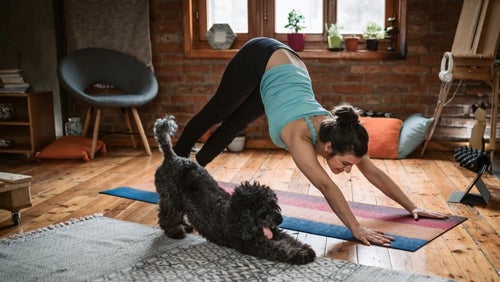
10 Basic Yoga Exercises For Beginners | Yoga Made Easy
Roll out your yoga mat and discover the benefits yoga has to offer....
Step 2: Calculate Your Activity Level
In order to calculate your total daily energy requirements, your BMR should be multiplied by a physical activity factor. This is the element of energy expenditure that will vary most between individuals and will range from 1.2 to 2+ depending on your lifestyle and training demands1.
Here’s a table to give you an indication on which physical activity factor to choose4,5:
| Activity Level | Description | Physical Activity Factor |
| Low | Sedentary lifestyle | 1.2-1.55 |
| Moderate | Typical office work and occasionally active | 1.55-1.71 |
| High | Some manual work and/or regular exercise | 1.71-1.95 |
| Very High | Large amount of manual work and/or exercise | Above 1.95 |
Step 3: Thermic Effect of Food
The thermic effect of food is another thing to consider when you account for energy expenditure.
This is the energy it takes your body to digest, absorb and metabolize your food. Whilst certain foods have a greater effect on energy expenditure than others, it’s estimated the thermic effect of food accounts for 10% of total energy expenditure1.
How Many Calories Do You Burn A Day?
| Body Weight (kg) |
Sedentary (kcals) |
Moderately Active (kcals) |
Highly active (kcals) |
| 40 | 1430 | 1730 | 2040 |
| 50 | 1570 | 1900 | 2240 |
| 60 | 1700 | 2070 | 2440 |
| 70 | 1850 | 2240 | 2640 |
| 80 | 1990 | 2410 | 2840 |
| 90 | 2130 | 2580 | 3040 |
|
Body Weight (kg) |
Sedentary (kcals) |
Moderately active (kcals) |
Highly active (kcals) |
| 50 | 2000 | 2500 | 2950 |
| 60 | 2200 | 2680 | 3150 |
| 70 | 2340 | 2840 | 3350 |
| 80 | 2480 | 3000 | 3550 |
| 90 | 2620 | 3190 | 3750 |
| 100 | 2760 | 3360 | 3950 |
How Many Calories Do You Burn From Exercise?
Number of calories burned per 20 minutes of exercise in individuals with different body weights:
| Exercise | METS |
50kg (kcals) |
60kg (kcals) |
70kg (kcals) |
80kg kcals) |
90kg (kcals) |
| cycling, light | 6.8 | 119 | 143 | 167 | 190 | 214 |
| cycling, moderate | 8 | 140 | 168 | 196 | 224 | 252 |
| cycling, vigorous | 10 | 175 | 210 | 245 | 280 | 315 |
| cycling stationary, light | 3.5 | 61 | 74 | 86 | 98 | 110 |
| cycling stationary, moderate | 6.8 | 119 | 143 | 167 | 190 | 214 |
| cycling stationary, vigorous | 8.8 | 154 | 185 | 216 | 246 | 277 |
| circuit, moderate | 4.3 | 75 | 90 | 105 | 120 | 135 |
| circuit, vigorous | 8 | 140 | 168 | 196 | 224 | 252 |
| cross trainer | 5 | 88 | 105 | 123 | 140 | 158 |
| resistance training | 5 | 88 | 105 | 123 | 140 | 158 |
| rowing, moderate | 4.8 | 84 | 101 | 118 | 134 | 151 |
| rowing, vigorous | 8.5 | 149 | 179 | 208 | 238 | 268 |
| running 6mph (10min/mile) | 9.8 | 172 | 206 | 240 | 274 | 309 |
| running 7mph (8.5min/mile) | 11.5 | 201 | 242 | 282 | 322 | 362 |
| running, 8mph (7min/mile) | 11.8 | 207 | 248 | 289 | 330 | 372 |
| walking, 2.5mph | 3 | 53 | 63 | 74 | 84 | 95 |
| walking, 4mph | 5 | 88 | 105 | 123 | 140 | 158 |
| walking 5mph | 8.3 | 145 | 174 | 203 | 232 | 261 |
How Many Calories Do You Burn From Household Activities?
Number of calories burned per 20 minutes of activity in individuals with different body weights:
| Exercise | METS |
50kg (kcals) |
60kg (kcals) |
70kg (kcals) |
80kg (kcals) |
90kg (kcals) |
| Computer work | 1.5 | 26 | 32 | 37 | 42 | 47 |
| Sitting in meetings | 1.3 | 23 | 27 | 32 | 36 | 41 |
| Watching TV | 1 | 18 | 21 | 25 | 28 | 32 |
| Cleaning | 3.3 | 58 | 69 | 81 | 92 | 104 |
| Vacuuming | 3.3 | 58 | 69 | 81 | 92 | 104 |
| Cooking | 2.5 | 44 | 53 | 61 | 70 | 79 |
| Sitting | 1.3 | 23 | 27 | 32 | 36 | 41 |
| Mowing lawn | 5.5 | 96 | 116 | 135 | 154 | 173 |
| Sleeping | 0.95 | 17 | 20 | 23 | 27 | 30 |
Take Home Message
Your energy expenditure is made up of three main parts – your basal metabolic rate, physical activity level and the thermic effect of food. Without using expensive laboratory kit, calculating the exact number of calories expended can be difficult to get right with a number of factors affecting the accuracy of an estimation.
READ THESE NEXT:

10 Basic Yoga Exercises For Beginners | Yoga Made Easy
Roll out your yoga mat and discover the benefits yoga has to offer....
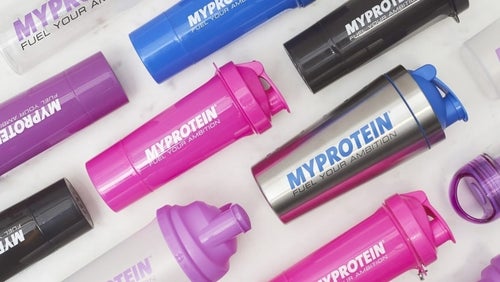
BCAA Benefits | All You Need To Know
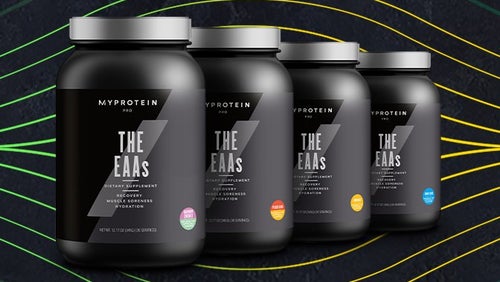
Everything You Should Know About EAAs – Are They Superior to BCAAs?
Here, we see how BCAAs stack up to EAAs....

Liam is a certified sport nutritionist with the International Society of Sport Nutrition and is enrolled on the British Dietetics Association’s Sport and Exercise Nutrition register. He has a Bachelor’s of Science in Sport and Exercise Science and is graduate of the ISSN Diploma in Applied Sport and Exercise Nutrition.
Liam is an experienced personal trainer, helping clients reach their health and fitness goals with practical, evidence informed exercise and nutrition advice.
In his spare time Liam has competed in numerous powerlifting competitions and enjoys hill walking, football and expanding his recipe repertoire in the kitchen. Find out more about Liam's experience here.
- Assets.publishing.service.gov.uk. 2021. [online] Available at: <https://assets.publishing.service.gov.uk/government/uploads/system/uploads/attachment_data/file/339317/SACN_Dietary_Reference_Values_for_Energy.pdf> [Accessed 25 February 2021]
- Jagim AR, Camic CL, Kisiolek J, Luedke J, Erickson J, Jones MT, Oliver JM. Accuracy of Resting Metabolic Rate Prediction Equations in Athletes. J Strength Cond Res. 2018 Jul;32(7):1875-1881. doi: 10.1519/JSC.0000000000002111. PMID: 28682934.
- Frankenfield D, Roth-Yousey L, Compher C. Comparison of predictive equations for resting metabolic rate in healthy nonobese and obese adults: a systematic review. J Am Diet Assoc. 2005 May;105(5):775-89. doi: 10.1016/j.jada.2005.02.005. PMID: 1588355
- FAO/WHO/UNU: Energy and Protein Requirements. Report of a Joint Expert Consultation. World Health Organization Technical Report Series No 724 Geneva: WHO 1985.
- Watkinson, C., van Sluijs, E., Sutton, S., Marteau, T. and Griffin, S., 2010. Randomised controlled trial of the effects of physical activity feedback on awareness and behaviourin UK adults: the FAB study protocol [ISRCTN92551397]. BMC Public Health, 10(1).

